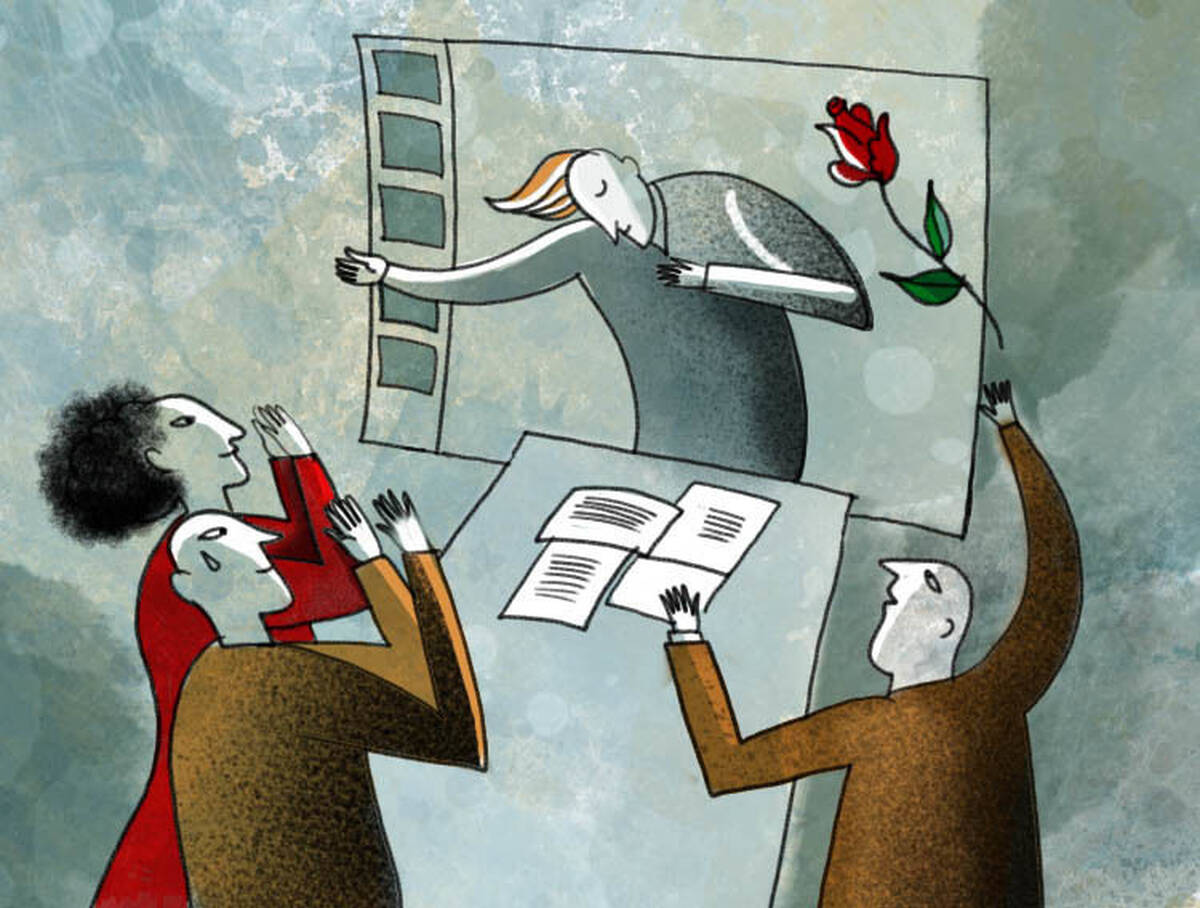Careers Marketing Leadership Sep 6, 2018
4 Key Steps to Preparing for a Business Presentation
Don’t let a lack of prep work sabotage your great ideas.

Yevgenia Nayberg
Being able to effectively present ideas to others is a crucial skill in many careers. But too often, honing the ability to stand in front of colleagues and deliver recommendations gets neglected in the shuffle of other more pressing priorities.
Yet struggling to get your ideas across can shake others’ faith in your abilities. That loss of confidence can quickly reduce your chances of advancement and long-term success, says Tim Calkins, a clinical professor of marketing at the Kellogg School who spent years as a brand manager for Kraft Foods and now serves as a consultant.
“You can be the smartest person in the room,” Calkins says, “but if you can’t put together a good business presentation, you’re going to be frustrated because the senior people will think very highly of the person with the nice presentation, even when they might not have great ideas.”
“It’s not a TED Talk,” he says. “It’s not like doing a speech at a wedding. A business presentation is a really unique event.”
Calkins, the author of the forthcoming book How to Wash a Chicken: Mastering the Business Presentation, offers four recommendations that can help you prepare and present with confidence (for those curious, the book’s title refers to the first presentation Calkins ever gave, as an eight year old boy at a 4-H fair).
Dedicate Time to Prepare
Preparation should start the moment the presentation is scheduled, Calkins says. And by preparation, he may not mean quite what you think.
“A lot of people worry about delivery, their breathing and how they move around the room,” Calkins says. “You should really spend your time ahead of the meeting thinking about your audience, developing a clear recommendation, and finding a clear and logical story.”
Specifically, Calkins stresses the importance of gathering information, drafting the presentation, and allowing plenty of time to incorporate feedback from stakeholders.
Calkins recalls a time at Kraft when he was preparing for a big presentation. He knew that the company needed to shift its strategy with regard to its line of barbecue sauces. After iterating with his team for weeks, the team delivered a strategic recommendation to cut back on promotions and improve the product’s quality. Taking these actions would cause an initial loss, but would lead to later growth. Though the strategy was somewhat risky, it was approved.
The “polish” on the speech Calkins gave to senior leadership—his presence in the front of the room, the authority in his voice—was nearly beside the point.
“The presentation was so logical and clear that we could have sent anyone on the team to present it,” Calkins says. “Heck, we could’ve sent the summer intern up there. The recommendation was just that tight.”
Figure Out Your Story
Calkins is often amazed by how many people deliver presentations with little sense of the narrative they want to convey.
“People often start writing and constructing pages before they know the story,” he says. “That’s a disastrous approach because what you end up with is a lot of data, but you don’t end up with a story, a narrative flow that makes sense.”
Calkins suggests that presenters look to their objective—the recommendation—to determine the key points they can deploy to support that objective. From there, framing the presentation is as simple as determining what information to include in its beginning, middle, and end.
“We’re swimming in a world with so much information. We spend our time thinking about analytics, big data, and all these wonderful things we can do. But people cannot understand a page of numbers very well.”
Calkins recommends starting with the company’s status quo along with a quick backstory on how it came to be. “If your audience doesn’t know much about your business, then a bit of history might be useful to provide some perspective on the situation,” he writes.
You can move from there into your key points, with data backing up each statement. Once you have established those key points, it is critical to ask yourself how each of those statements clearly relates to the other points—and how it ladders up to the recommendation itself.
“What you’re trying to find is a story that you tell page by page, one point to the next point,” Calkins says.
Make Sure Your Data Serve Your Story
Just as there should be data to back up each of your main points, there should be a main point to each piece of data.
While data are key to building a reasoned, supported argument, you have to be judicious—more is not always better. A deluge of data can muddy a presentation’s flow and frustrate your audience to the point where they tune you out to check their email.
“We’re swimming in a world with so much information,” he says. “We spend our time thinking about analytics, big data, and all these wonderful things we can do. But people cannot understand a page of numbers very well.”
Rather than using every bit of information at your disposal, Calkins recommends whittling that data down to the elements that provide the most compelling support for your points—and which allow you to move on to the next part of your narrative.
Remember, too, that not every piece of data is equally credible. Analysis from a trusted provider will carry more weight. “Only use support points that you understand and trust,” recommends Calkins. “You don’t want people to question your sources.”
Keep Your Language Simple and Relatable
We all want to sound smart—or would that be “erudite”?—when we speak. This signals to others that our opinions are sound and our recommendations are well reasoned. But it turns out that the key to gaining people’s support for an idea rests on quite the opposite track.
“One of the things that happens when people present is they try to use all these fancy words because, in theory, it makes them look smart,” he says. “But it’s totally opposite.”
Studies have shown that reaching for big words tends to make texts unnecessarily complex, when simpler versions are more understandable and digestible. They also make the author of the simpler version seem more intelligent than their more loquacious counterparts.
“The simpler you make it, the smaller the words, the more compelling it is,” Calkins says. “And that’s the heart of any presentation. If it feels simple and easy and logical, people are going to understand it and they’re going to accept it and they’re going to approve it.”



